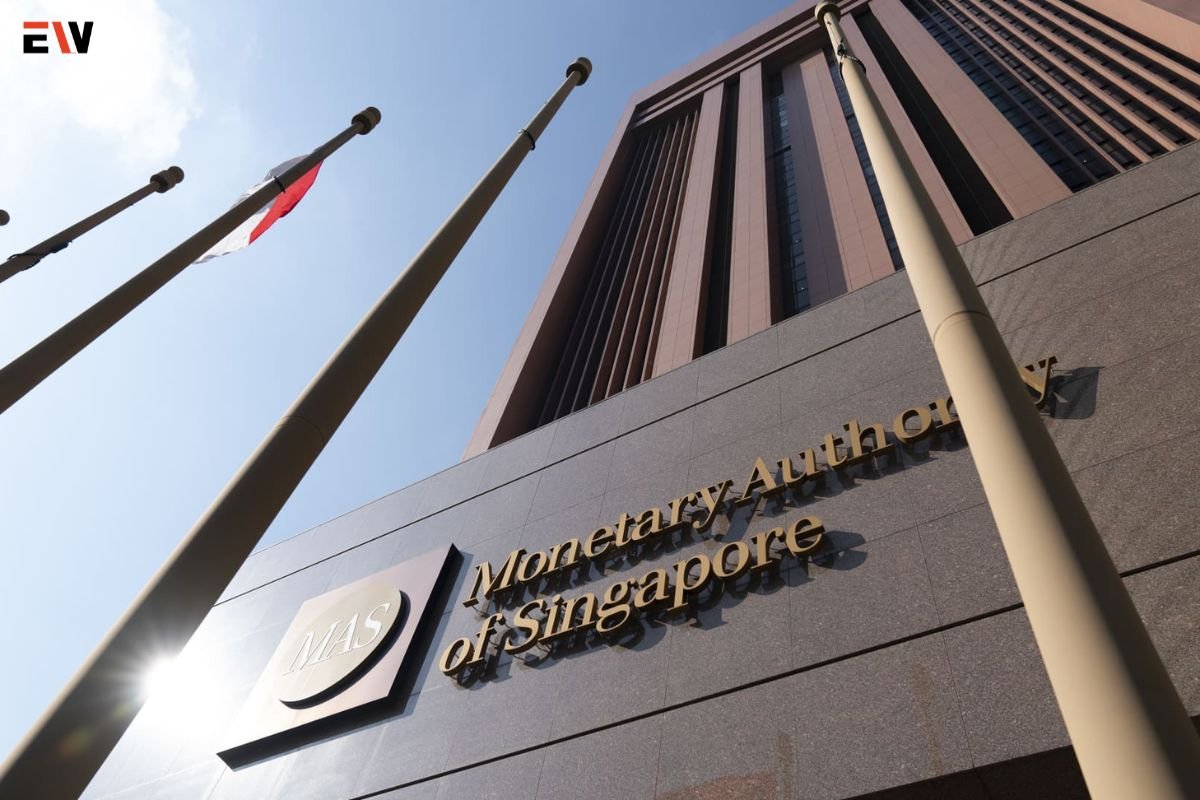Source – cnbc.com
Monetary Policy Decision
Singapore’s central bank, the Monetary Authority of Singapore (MAS), has decided to maintain its current monetary policy, which favors an appreciating trade-weighted Singapore dollar. Despite this, the MAS has revised its estimate for the all-items consumer price index (CPI) downward, indicating a reduction in inflationary pressures.
Details of the Policy Stance
On July 26, the MAS announced it would keep the prevailing rate of appreciation for the Singapore dollar nominal effective exchange rate (S$Neer) policy band unchanged. There will be no changes to the width of the band or the level at which it is centered. These parameters guide the rate and extent to which Singapore’s central bank wants the currency to appreciate. The MAS expects the Singapore economy to gain momentum in the latter half of 2024, with GDP growth projected to be closer to its potential rate of 2% to 3% for the full year, compared to the Ministry of Trade and Industry’s official forecast of 1% to 3%.
Revised Inflation Estimates
The MAS has adjusted its projection for the 2024 CPI all-items to a range of 2% to 3%, down from the earlier forecast of 2.5% to 3.5%. This revision mainly reflects lower-than-anticipated private transport inflation in recent months. Singapore’s central bank had announced a review of its forecast on July 23, following June’s CPI report which showed a significant drop in headline inflation to an annual rate of 2.4% from 3.1% in May, the lowest rate since August 2021.
Core inflation, which excludes private accommodation and transport costs and provides a clearer picture of household expenses, also saw a decrease, easing to 2.9% in June. This was the first drop in three months and the lowest level since March 2022. The MAS has kept its core inflation forecast unchanged at 2.5% to 3.5% but expects it to step down more significantly in the fourth quarter of this year and fall further to around 2% in 2025.
MAS Keeps Monetary Policy Unchanged | Singapore’s Central Bank
Factors Influencing Inflation
Despite a recent increase in shipping freight rates, global producer prices for manufactured goods have risen only modestly. Additionally, global crude oil prices have fallen since their peak in April, and prices for most food commodities and other goods have remained stable. The MAS noted that domestic unit labor costs are expected to rise at a slower rate this year compared to the previous two years, due to easing labor market tightness and anticipated productivity gains.
Market Reaction and Future Outlook
The MAS’s decision to maintain its monetary policy settings was widely expected, as core inflation remains above the 2% level, considered a soft target by most analysts. Unlike many central banks that manage inflation by setting interest rates, the MAS uses the exchange rate of the Singapore dollar against its main trading partners within an undisclosed band, known as the S$Neer.
Since October 2021, the MAS has tightened its policy five times to counter surging inflation but has paused since October 2022. The policy has allowed the Singapore dollar to appreciate within the band, with most analysts estimating a rise of 1.5% to 1.9% above the midpoint.
Economist Sheana Yue from Oxford Economics remarked that the MAS statement was optimistic about further disinflation prospects, citing easing food inflation and slower wage growth. She suggested that the MAS might loosen policy in October if core inflation trends towards its target.
The MAS highlighted both upside and downside risks to its inflation outlook. Potential factors include domestic labor cost increases if demand strengthens, geopolitical tensions affecting imported costs, and high global interest rates potentially weakening external demand and easing cost pressures in Singapore.
Following the MAS policy statement, the Singapore dollar traded steadily against the US dollar. DBS Bank’s senior FX strategist Philip Wee anticipates the local dollar will trade in a higher range later in the year as Singapore’s core inflation aligns with the MAS forecast and the US dollar weakens due to expected interest rate cuts by the US Federal Reserve before the end of 2024.









